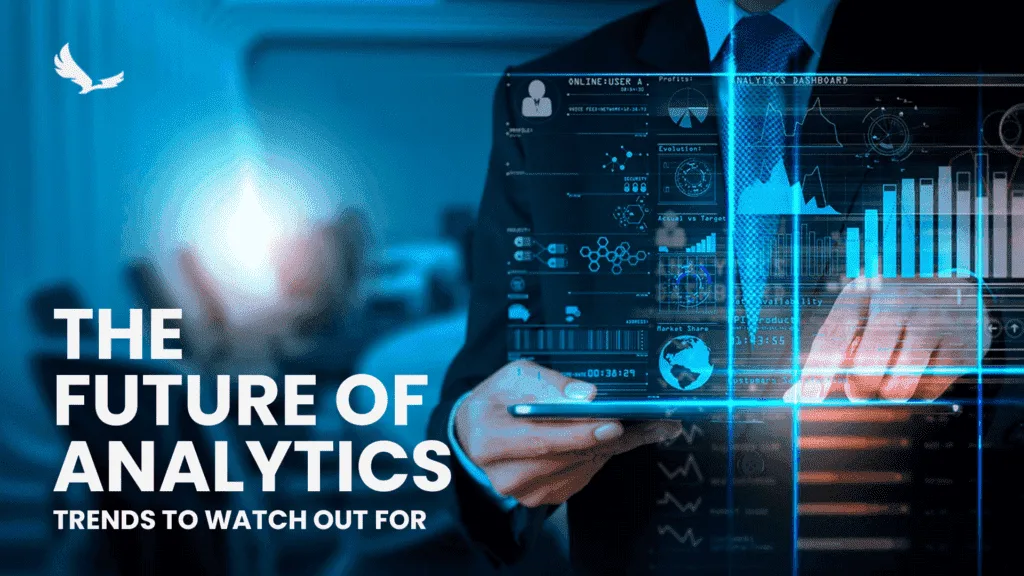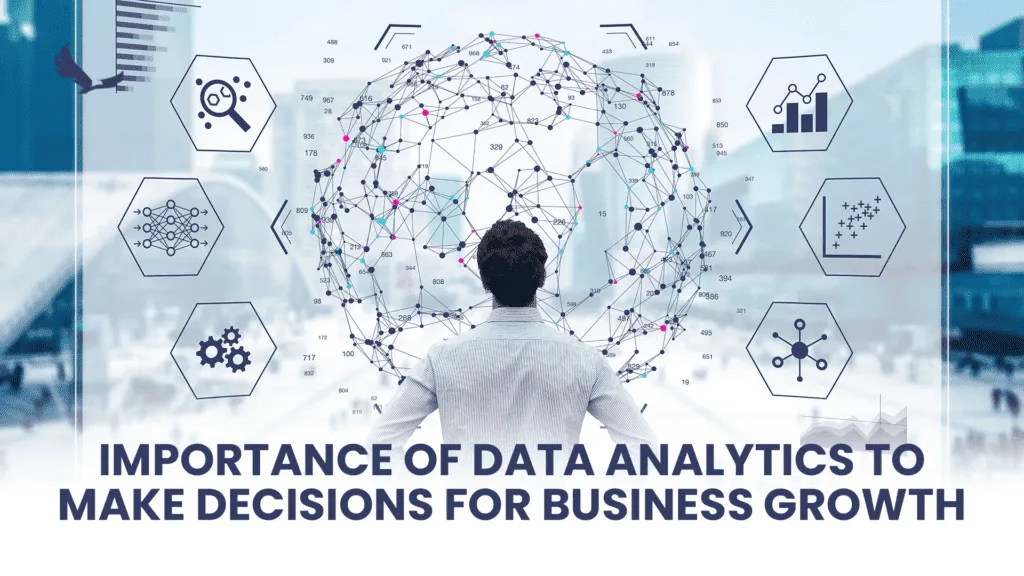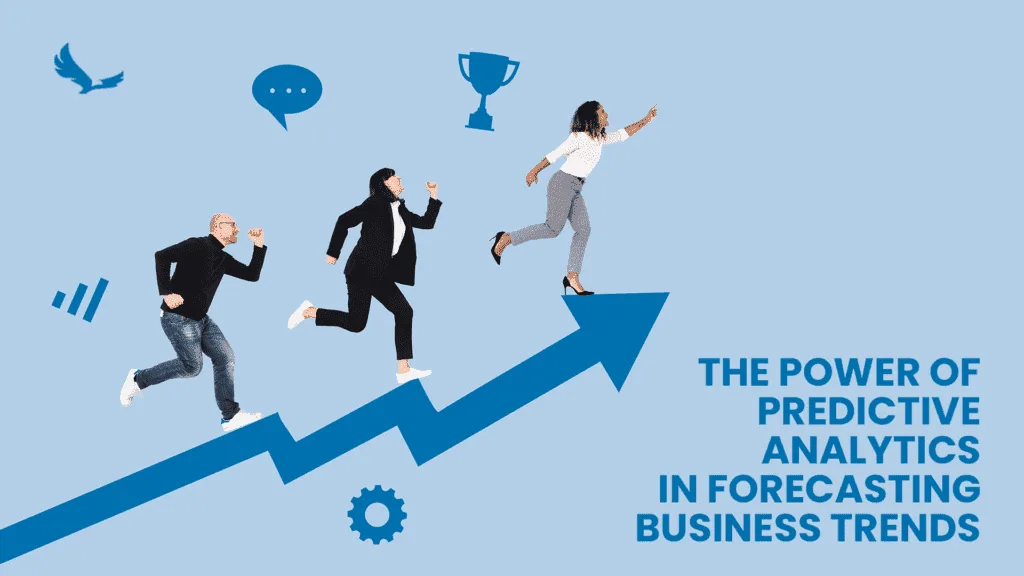Although data has always been a critical component of business, as digital technologies have advanced, so too has the amount of data that companies now generate and store. In this case, business data analysis can be helpful.
With the aid of cutting-edge technology and solutions, a corporation may make use of the enormous volumes of data at its disposal to obtain insightful insights. Enterprise data analytics has a promising future, and various business trends and predictions can be made for the upcoming years. Here, we will discuss the trends to watch for:
Artificial Intelligence
AI can affect the future of data analytics on how people live, work, and conduct business. The Role of AI in Data Analytics will affect business analytics by enabling more precise forecasts and reducing the time we spend on tedious and repetitive tasks like data collection and data purification. Furthermore, it will allow all workforce members to act on insights based on data, regardless of their rank or degree of technical expertise.
Thanks to machine learning and dedicated software algorithms, AI gets better with time. As it receives more data and targeted prompts, AI tools provide in-depth analysis, result-driven insights, and accurate forecasts at a much faster speed than humanly possible.
This is the fundamental idea behind machine learning (ML), the type of AI currently employed in business. NLP enables computers to comprehend and converse with us in human languages. Computer vision allows them to understand and analyze visual information using cameras, much like we do with our eyes. Generative AI that produces text, visuals, and other forms of content from scratch is the latest advancement in ML technologies.
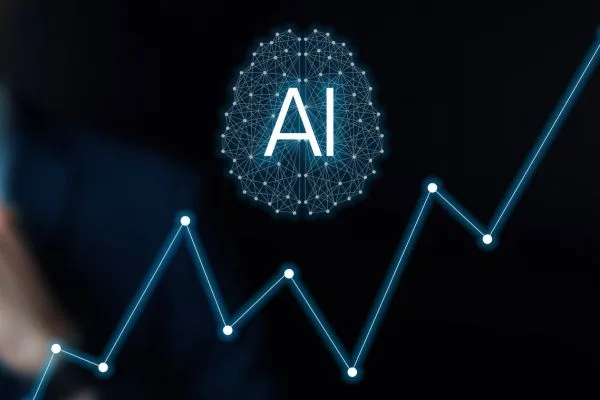
Natural Language Processing (NLP)
NLP, AI’s subfield, focuses on how machines and human language interact. For data analytics, the ability of devices to comprehend, translate, and produce human language is essential.
Utilizing NLP techniques, businesses can gain predictive insights from unstructured data such as social media posts, client testimonials, and support queries. NLP improves data analytics skills in a variety of ways, including text classification, sentiment analysis, and language translation.
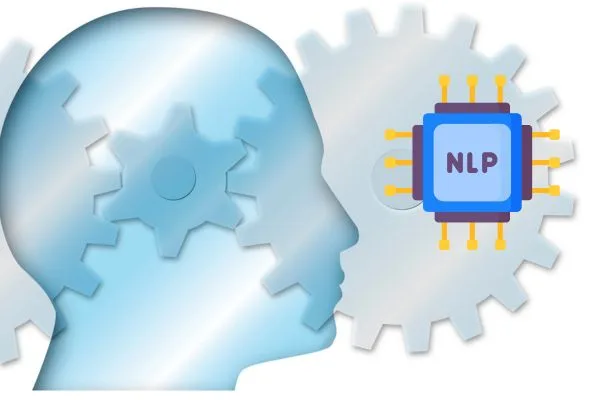
Data Clean Rooms
Similar to data monetization, a lot of businesses are exposing their private information and intellectual property in distributed data clean rooms, an environment that is visible to the outside world. This increases collaboration with third parties.
The capacity to merge data provided by partners with an organization’s unique data while complying with all regulatory compliance, protecting privacy, and maintaining a competitive advantage is the critical success factor of a modern data clean room.
Before transmitting data and models to collaborative clean rooms, data providers should conceal and encrypt them. The financial services, energy, and healthcare industries, as well as other industries with strict regulations, such as the media and advertising sectors, may benefit significantly from this partnership.
Composable Data Analytics
A technique called “composable data analytics” enables businesses to combine and apply analytics tools from many enterprise-wide data sources to make more educated choices. Such devices have reusable, swappable modules that may be deployed anywhere, including containers, and can offer better agility than conventional systems.
Utilizing composable analytics, firms can reduce their data center costs even after switching to the cloud.
Analytics in Edge Computing
According to Statista The worldwide edge computing market is projected to reach 350 billion U.S. dollars by 2027. The technologies that allow this shift in processing capacity to the edge, such as data analytics, are likely to stay there and become more integrated with the physical assets.
This boosts speed, agility, and flexibility while providing real-time analytics and enabling self-learning for Internet of Things (IoT) devices. Gartner predict that by 2023, data created, kept, and analyzed in edge environments will be responsible for 50% of data analytics leaders’ tasks.
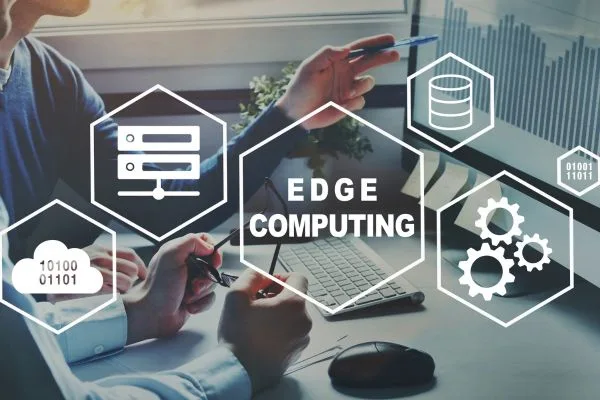
Real-Time Analytics
Real-time analytics usage is increasing, and this is one of the significant business Intelligence trends of the coming years. Businesses may now receive real-time data from a variety of sources, including sensors, mobile phones, and social media, thanks to technologies like the Internet of Things (IoT). You can process, examine, and use this data to inform crucial business choices.
Quantum Computing
Quantum computers use quantum bits (qubits) to do calculations that conventional computers cannot. These systems can expedite machine learning algorithms, enhance data encryption methods, and resolve challenging optimization problems. By enabling quicker processing speeds and permitting more intricate analyses and simulations, quantum computing has the potential to transform advanced analytics.
For instance, a quantum computing business called D-Wave Systems has worked with companies like Volkswagen to enhance logistics and traffic flow using quantum computing methods.
Predictive Analytics
One of the most common uses for analytics in business today is event forecasting, which includes anticipating when a machine will break down or how much inventory is necessary at a specific location at a particular time. Not just that, predictive analytics are also used in data-driven human resource management systems. Predictive analytics may build models that predict what will happen in the future of data analytics.
Traditionally, data engineers, data scientists, and statisticians with substantial training have dominated the field of advanced analytics. However, thanks to developments in software, citizen data engineers are increasingly assuming some of these responsibilities. Many analyst firms predict that citizen data analysts will eventually produce more sophisticated analyses than data scientists.
Cloud-Based Analytics
Another development in enterprise analytics that we can anticipate is cloud-based analytics. It is getting more and harder to store and analyze all of the data locally as businesses generate more and more data. With the capacity and adaptability they require to handle enormous volumes of data, cloud-based analytics enables enterprises to store and analyze data on remote computers.
The Bottom Line
In conclusion, business data analytics has a promising future of data analytics. Real-time analytics, privacy and security, AI and ML, predictive analytics, cloud-based analytics, data storytelling and visualization, data democratization, and ethical and responsible data analytics are just a few of the trends we may expect to see in the future.
We may predict improvements in efficiency, profitability, and success as firms continue to invest in data analytics and use data to drive innovation and growth.
A number of future business trends and predictions will influence the sector. We may anticipate advances in productivity, profitability, and success as businesses continue to invest in data analytics.

